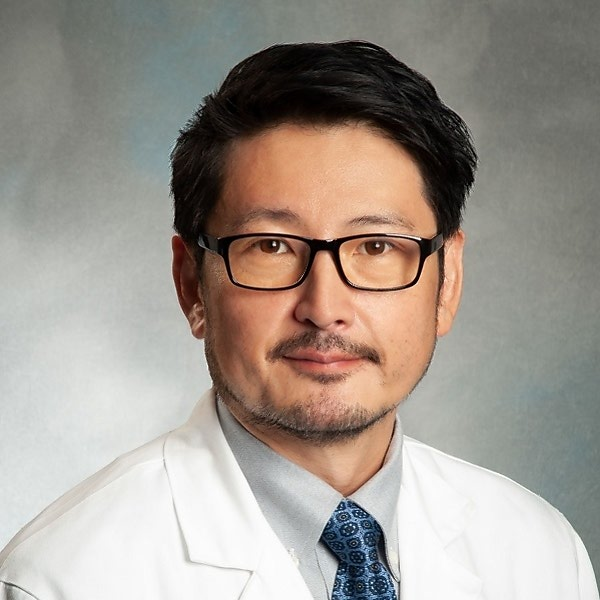-
- Find Care
-
- Visitor Information
- Find a Location
- Shuttles
- Visitor Policies
-
-
- Our Virtual Care Options
- Virtual Urgent Care
- Virtual Visits for Primary & Specialty Care
- Online Second Opinions
- Participate in Research
-
- Contact us
-
- For Innovators
- Commercialization Guide for Innovators
-
-
- Research News
- Alzheimer's Disease
- Artificial Intelligence
-
- Overview
-
- Overview
- Getting Started
- New to Mass General Brigham
- International Patient Services
- What Is Patient Gateway?
- Planning Your Visit
- Find a Doctor (opens link in new tab)
- Appointments
- Patient Resources
- Health & Wellness
- Flu, COVID-19, & RSV
- Billing & Insurance
- Financial Assistance
- Medicare and MassHealth ACOs
- Participate in Research
- Educational Resources
- Visitor Information
- Find a Location
- Shuttles
- Visitor Policies
- Find Care
-
- Overview
- Our Virtual Care Options
- Virtual Urgent Care
- Virtual Visits for Primary & Specialty Care
- Online Second Opinions
-
- Overview
- Participate in Research
-
- Overview
- About Innovation
- About
- Team
- News
- For Industry
- Venture Capital and Investments
- World Medical Innovation Forum (opens link in new tab)
- Featured Licensing Opportunities
- For Innovators
- Commercialization Guide for Innovators
- Contact us
-
- Overview
- Information for Researchers
- Compliance Office
- Research Cores
- Clinical Trials
- Advisory Services
- Featured Research
- Two Centuries of Breakthroughs
- Advances in Motion (opens link in new tab)
- Brigham on a Mission (opens link in new tab)
- Gene and Cell Therapy Institute
- Research News
- Alzheimer's Disease
- Artificial Intelligence
-
- Overview
-
- Overview
- Residency & fellowship programs
- Brigham and Women's Hospital
- Massachusetts General Hospital
- Mass Eye and Ear
- Newton-Wellesley Hospital
- Salem Hospital
- Integrated Mass General Brigham Programs
- Centers of Expertise
- Global & Community Health
- Health Policy & Management
- Healthcare Quality & Patient Safey
- Medical Education
- For trainees
- Prospective trainees
- Incoming trainees
- Current trainees
- Continuing Professional Development
Opioid Addiction: Why Is Fentanyl So Dangerous?

Fentanyl is a powerful drug that was designed to be used as a pain-relieving medicine called an analgesic. But it has come to play a major role in drug overdoses and substance use disorders across the United States.
In this article, Joji Suzuki, MD, MSc, a Mass General Brigham psychiatrist, answers common questions about fentanyl and signs and symptoms of opioid addiction. Dr. Suzuki is director of the Division of Addiction Psychiatry at Brigham and Women's Hospital.
Where does fentanyl come from?
To understand where fentanyl comes from, it helps to know what opioids really are.
“Opioids occur in our brains and also are made from plants or in a lab,” explains Dr. Suzuki. “In our brain they’re called endorphins, and they actually function naturally inside.”
There are 3 classes of opioids:
Naturally occurring opioids. These are derived from plants. “The most famous example is opium, taken from poppy plants,” says Dr. Suzuki. “You get morphine out of it.”
Semisynthetic opioids. These are derived from natural opioids (like morphine) and tweaked in a lab to create something new. “Heroin is a good example,” he says.
Synthetic opioids, like oxycodone and fentanyl. These are man-made drugs created in a lab. “They have no equivalent naturally occurring versions,” Dr. Suzuki explains.
What causes opioid addiction?
Like many health conditions, addiction is due to a combination of genetic and environmental risk factors. Adverse childhood experiences, like trauma and early life stressors, greatly increase the risk of addiction. While addiction to opioids can sometimes begin when patients take prescription opioids for medical reasons, prescription opioid misuse most commonly occurs among people who already misuse other substances. Some patients may use prescription opioids for chronic pain. Others may take them to relieve pain from a surgical procedure.
“Unfortunately, for someone at risk, prescription opioid use can continue and escalate,” says Dr. Suzuki. “Eventually it can lead to taking something like heroin as well as fentanyl.”
Why is fentanyl so dangerous?
Fentanyl is often added to other illicit pills and powders without people’s knowledge. This is because it costs less to produce than other opioids, and because a small amount goes a long way. In Boston, in fact, heroin is rarely found in the illicit supply.
"Fentanyl is about 50 to 100 times more potent than heroin," explains Dr. Suzuki. “That’s why it’s had such a devastating consequence on the opioid overdose crisis today.”
The unpredictability of the illicit drug supply is a major reason that overdose deaths are increasing. People often don’t know whether the pill or powder they bought from an illegitimate source contains a lethal dose of fentanyl.
Fentanyl test strips
Fentanyl test strips are small strips of paper that can detect the presence of fentanyl in different kinds of drugs (cocaine, methamphetamine, heroin, etc.) and drug forms (pills, powder, and injectables). A drug may contain deadly levels of fentanyl, but you wouldn't be able to see it, taste it, or smell it. It’s almost impossible to tell if drugs have been mixed with fentanyl unless you test your drugs with fentanyl test strips.
Test strips to detect fentanyl are low-cost and typically give results within 5 minutes.
Although fentanyl testing strips are an important tool to help reduce overdose risk, it’s important to note they may not work in all cases. Learn more about fentanyl test strips.
What are the warning signs of addiction to opioids?
It’s hard to recognize addiction in ourselves, Dr. Suzuki explains. “Early on, a person probably could have stopped using fentanyl if they wanted to. But there was no perceived need because there wasn't as much harm associated with use. But as the harm accumulates and becomes more disruptive, it becomes harder and harder to stop."
Some early symptoms of opioid addiction include behaviors like:
- Taking more than prescribed or intended
- Not being able to cut back or stop despite trying
- Going to different doctors or emergency rooms to try to get opioids
- Changes in mood
- Changes in academic or work performance
- Giving up other activities because of use
- Using despite it causing relationship problems
- “Nodding off,” or appearing sedated
A person who is intoxicated on opioids may also have “pinpoint pupils.” This means their pupils are small, even when exposed to bright light.
Substance Use Disorder Bridge Clinics
Mass General Brigham Bridge Clinics are welcoming, easy-to-access outpatient centers designed to support each person on their journey to recovery from alcohol or drug addiction.
We offer walk-in or scheduled care. We provide a range of services, including:
- Medication to treat addiction
- Counseling
- Peer support
- Help finding resources
- Mental health care
- Tools to reduce the risk of overdose or other harms
Our Bridge Clinics are designed to be transitional. This means we support you for a period of time, usually a few months, while helping you take the next step in your recovery journey. During that time, we’ll work with you to find a long-term care provider in the community to continue your treatment and support.
To get care for substance use, please visit one of the locations listed below. You don’t need to be a Mass General Brigham patient or have a primary care provider with us to get care.
Brigham and Women’s Hospital Eliza Dushku Palandjian and Peter Palandjian Bridge Clinic
75 Francis Street, Suite 159
Boston, MA 02115
Phone: (617) 278-0172Massachusetts General Hospital Bridge Clinic
55 Fruit Street, Cox 1, Suite 110
Boston, MA 02114
Phone: (617) 643-8281Mass General Brigham Community Physicians Bridge Clinic
600 Primrose St. Suite 100
Haverhill, MA 01830
Phone: (978) 469-5536Salem Hospital Bridge Clinic
55 Highland Ave Suite 201
Salem, MA 01970
Phone: (978) 354-2050

Contributor

Contributor
Related articles
-

published on
-

published on
-

published on
-

published on
-

published on
-

published on
-

published on
-

published on
-

published on